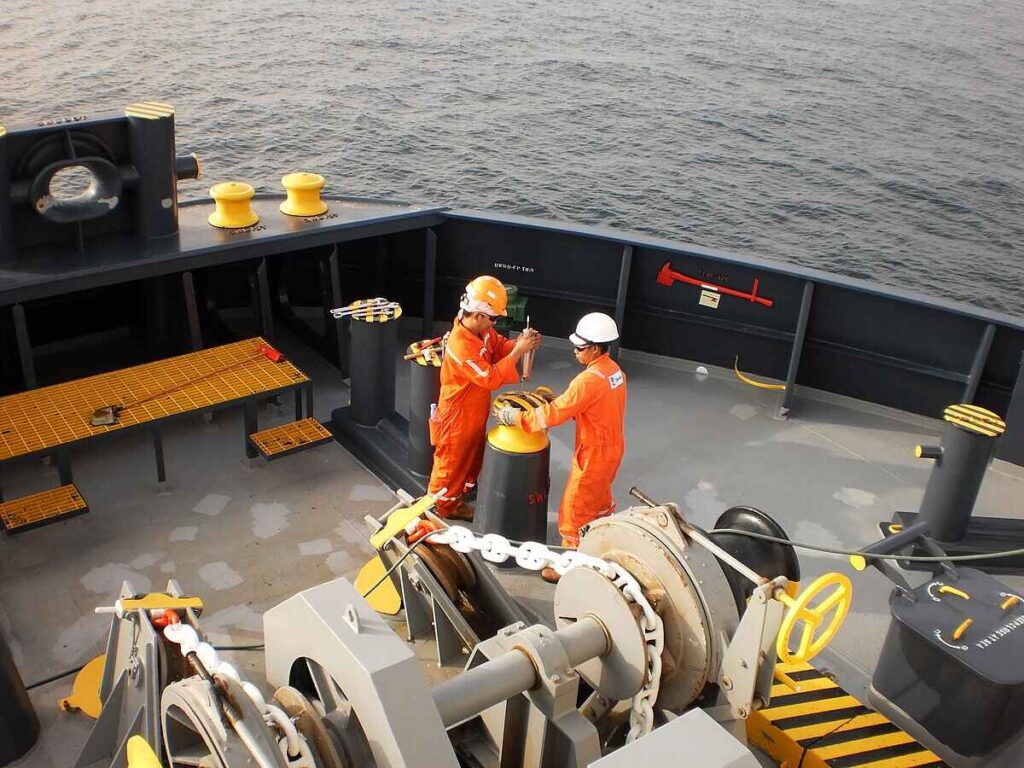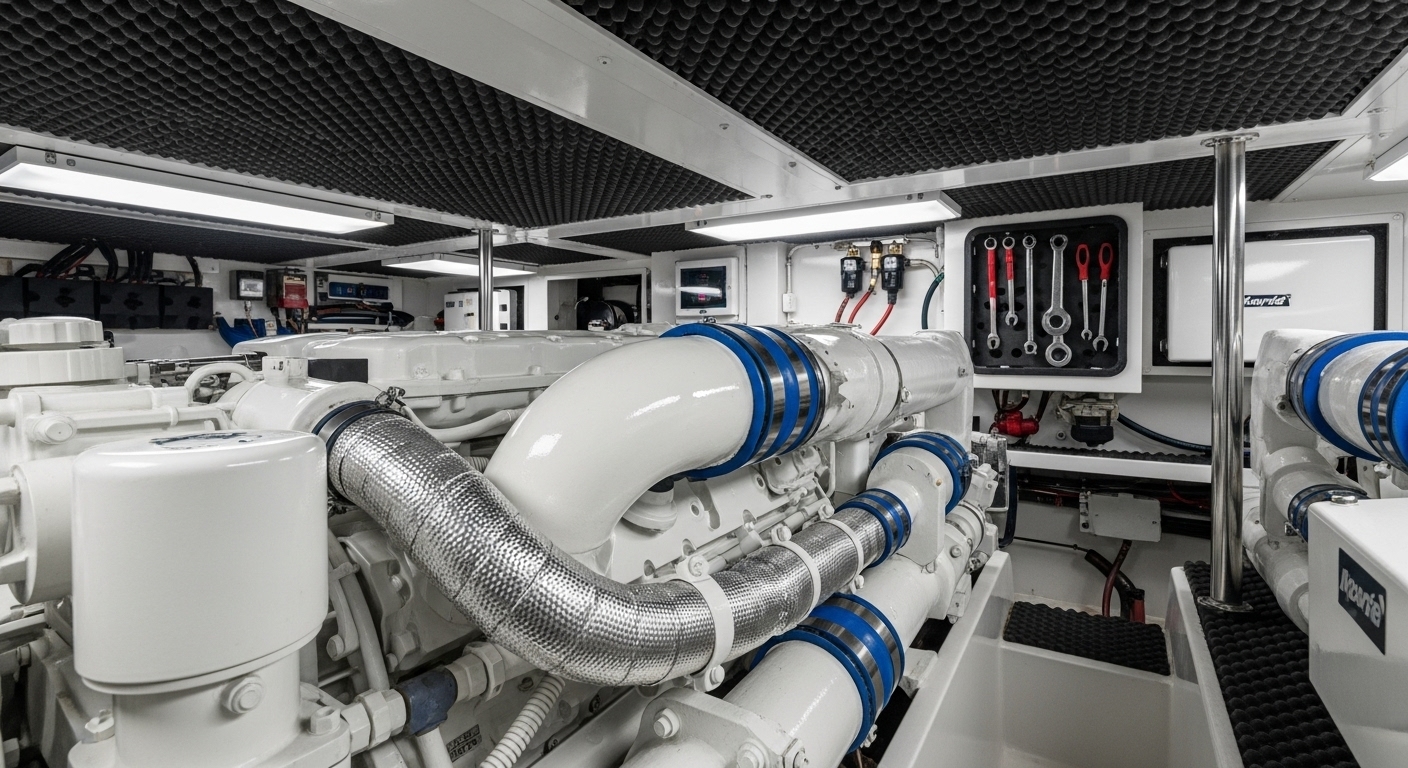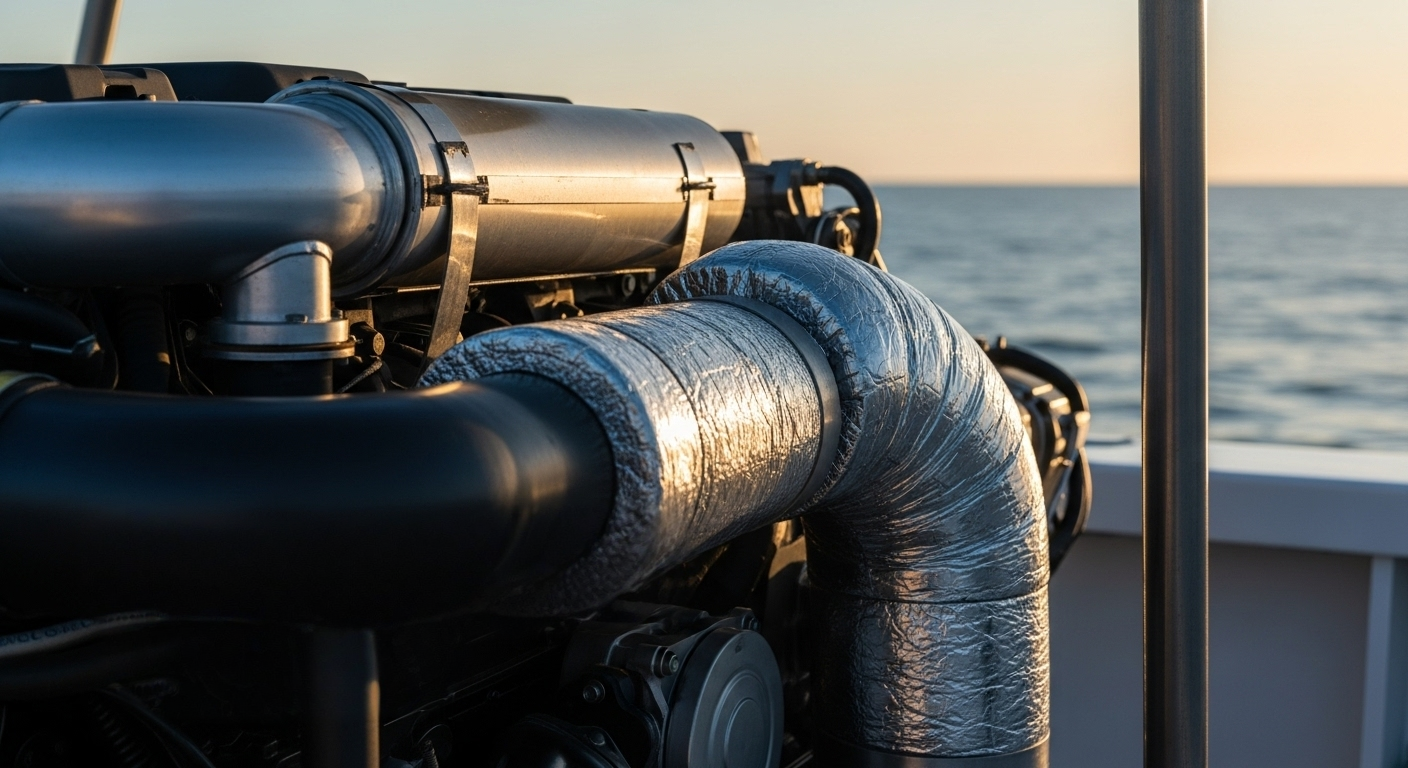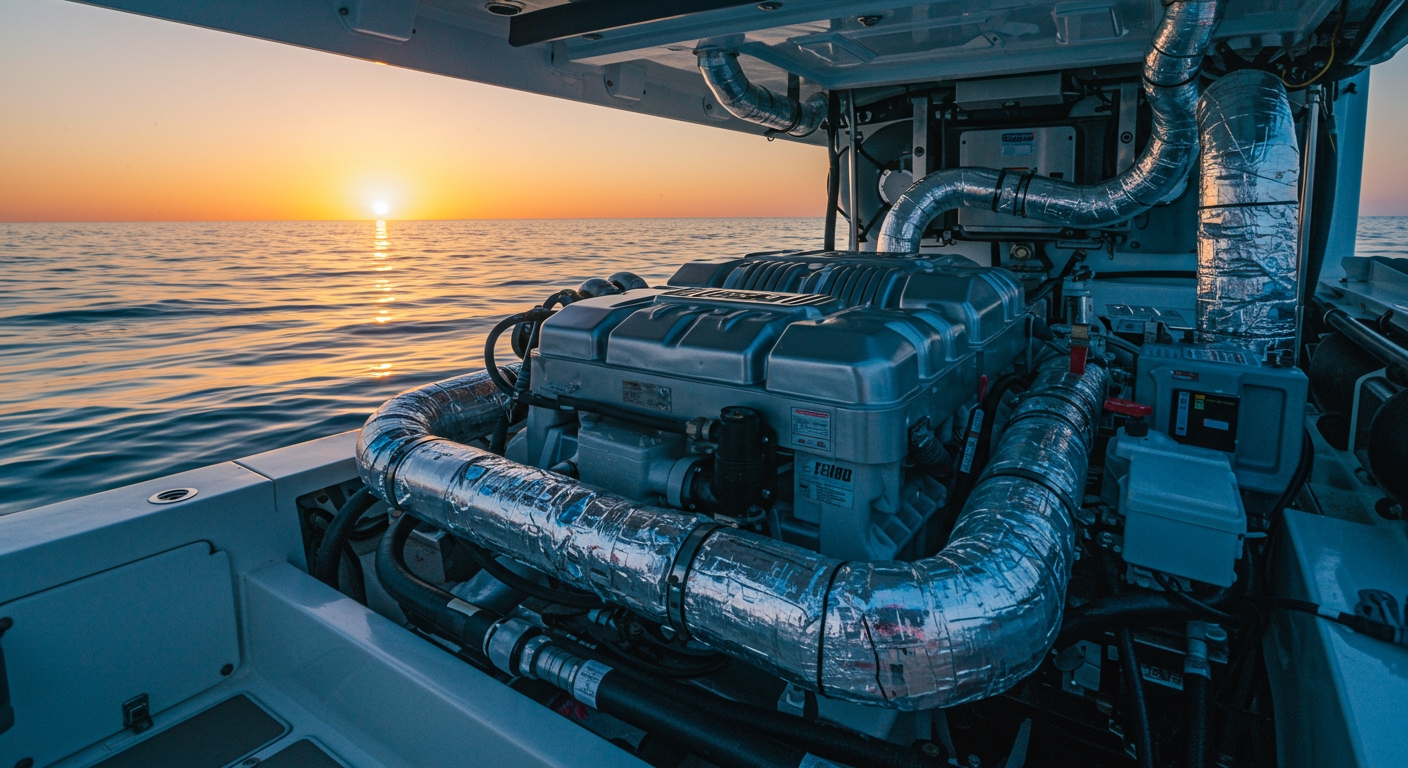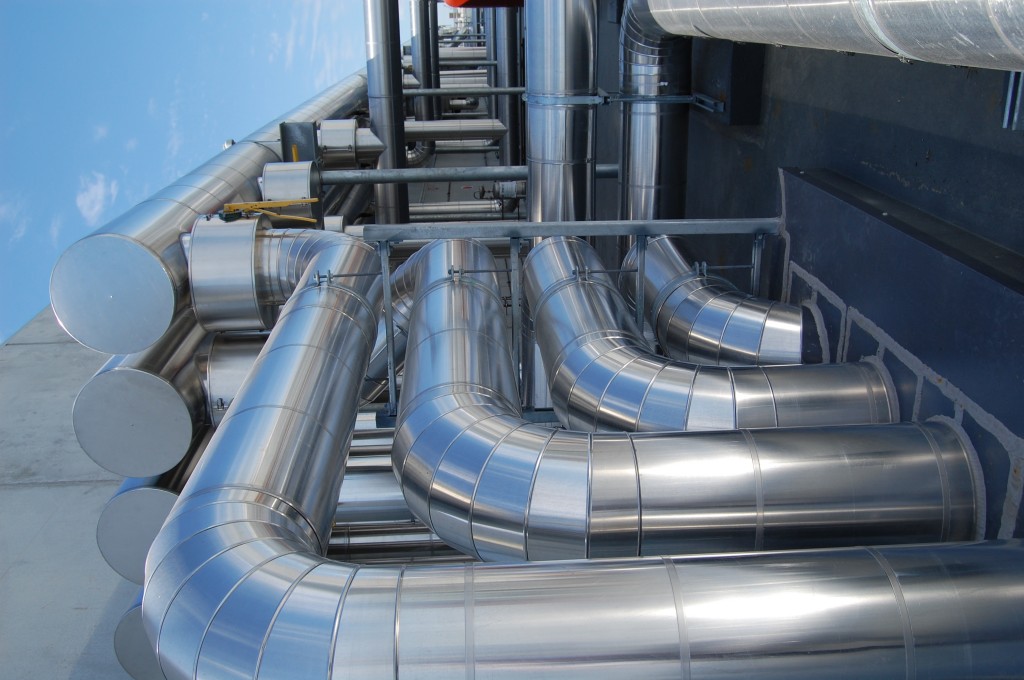Marine insulation is an essential component for the efficiency and longevity of any vessel. Whether you’re managing a luxury yacht, a commercial ship, or an offshore platform, the effectiveness of your insulation plays a pivotal role in maintaining optimal performance and ensuring the safety of systems. Over time, the demands of the marine environment—extreme temperatures, moisture, and constant motion—can take a toll on your insulation. That’s why seasonal maintenance and regular checks are crucial.
In this article, we’ll explore why marine insulation needs periodic inspections, and how such maintenance directly impacts the operational lifespan of your vessel’s systems. By understanding these factors, you can take the necessary steps to ensure your insulation is functioning properly, saving you time, money, and the potential for costly repairs in the future.
The Importance of Seasonal Inspections for Marine Insulation
Vessels are exposed to a wide range of environmental conditions, including salty air, fluctuating temperatures, and even high humidity. These factors create conditions that accelerate the wear and tear on your boat’s insulation. Regular inspections of your insulation systems ensure that they continue to perform their primary functions of reducing energy loss and preventing corrosion.
By conducting thorough seasonal checks, you can identify early warning signs of degradation, ensuring that your insulation system remains intact and functional. If left unchecked, insulation that has begun to deteriorate can lead to inefficiencies in your vessel’s heating and cooling systems, increased energy costs, and reduced comfort on board.
What Happens When Insulation Goes Unchecked?
Insulation is vital in regulating the temperature of a ship’s critical systems. Without proper insulation, the effects of external conditions—such as cold sea air, saltwater exposure, and fluctuating temperatures—can cause the internal systems to work harder, leading to higher energy consumption and quicker system wear.
Marine insulation serves two primary functions: thermal management and moisture control. When these systems start failing, they no longer perform these critical roles. For example, improper insulation can cause excessive condensation, leading to the growth of mold, rust, and corrosion. Moreover, systems like HVAC, engines, and water pipes may require more energy to reach the same operational levels, increasing fuel consumption.
Corrosion, in particular, is one of the most damaging consequences of poor insulation. Insulation that is damaged or degraded will fail to block the moisture and vapor that can cause pipes, engines, and other metal systems to rust and corrode. This shortens the lifespan of these components, sometimes irreparably, and creates expensive repair needs.
What to Look for During Seasonal Checks
When inspecting marine insulation, there are several key areas that demand attention. Here are some critical elements to assess during your routine checks:
- Check for Visible Damage
Look for cracks, tears, or abrasions on the insulation material. These can occur due to general wear, saltwater exposure, or physical impacts from equipment or dockside interactions. If you spot any damage, it’s time to replace or repair the affected insulation. - Examine for Moisture or Condensation Buildup
Examine the insulation around piping and ducts for any moisture accumulation. If water is collecting on the outside of pipes or under the insulation, this can indicate inadequate protection against condensation. Excess moisture may cause corrosion or deterioration of the insulation material itself. - Assess Insulation Thickness and Integrity
Insulation materials may settle or compress over time, losing their ability to provide the necessary thermal protection. Check to ensure the thickness and integrity of the insulation remain consistent with when it was originally installed. Any noticeable thinning or gaps could lead to inefficiencies. - Check for Signs of Pest or Mold Infestation
Humidity in marine environments creates a perfect breeding ground for mold and mildew. Regularly inspect the insulation for any fungal growth or the presence of pests, as they can severely compromise the insulation’s effectiveness.
The Seasonal Maintenance Checklist: Step-by-Step
To ensure your insulation remains in peak condition, it’s important to implement a seasonal maintenance checklist. Here’s a basic framework for the steps to take during routine checks:
- Visual Inspection of Insulation Systems
Start with a simple visual check to assess any signs of damage, wear, or visible degradation on the insulation materials. Ensure all seals are intact and properly positioned. - Inspect Insulated Pipes and Ducts for Moisture
Examine the insulated pipes, ducts, and tanks for any signs of water damage, condensation, or excessive moisture. Pay close attention to areas that are frequently exposed to external weather or where condensation may occur. - Test for Energy Efficiency
For thermal insulation, one of the best ways to check effectiveness is to monitor the vessel’s overall energy efficiency. Any noticeable increase in fuel consumption or inconsistent temperatures may indicate the insulation is no longer functioning as it should. - Clean and Dry Insulation Areas
If you detect any moisture, clean and dry the affected areas thoroughly before replacing or repairing the insulation. Use appropriate methods to ensure the insulation remains dry and free from mold or pests. - Consult Professionals for Complex Issues
For hard-to-reach areas or signs of severe damage, it’s best to contact a marine insulation professional. They have the expertise and tools to properly address any deep-seated issues, ensuring your vessel’s insulation stays fully functional.
Conclusion: The Value of Regular Insulation Maintenance
Marine insulation is not something that should be left unchecked. Regular seasonal inspections ensure that your insulation system continues to deliver optimal performance throughout the year. Whether it’s preventing energy loss, reducing fuel consumption, or protecting systems from corrosion and moisture, the value of a well-maintained insulation system cannot be overstated.
By taking a proactive approach with regular checks, you not only enhance the efficiency and longevity of your systems but also avoid costly repairs and extensive downtime. When your insulation is in good condition, your vessel operates smoothly, efficiently, and safely—year after year.
If you haven’t already, schedule a seasonal maintenance check today to ensure your marine insulation continues to support your vessel’s performance for many years to come

